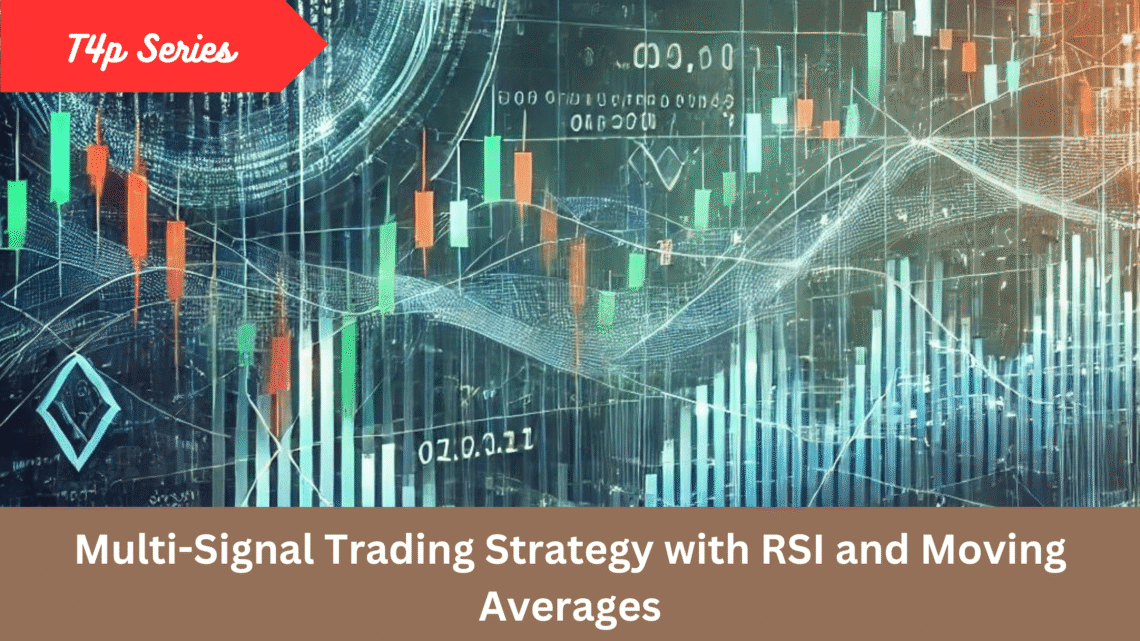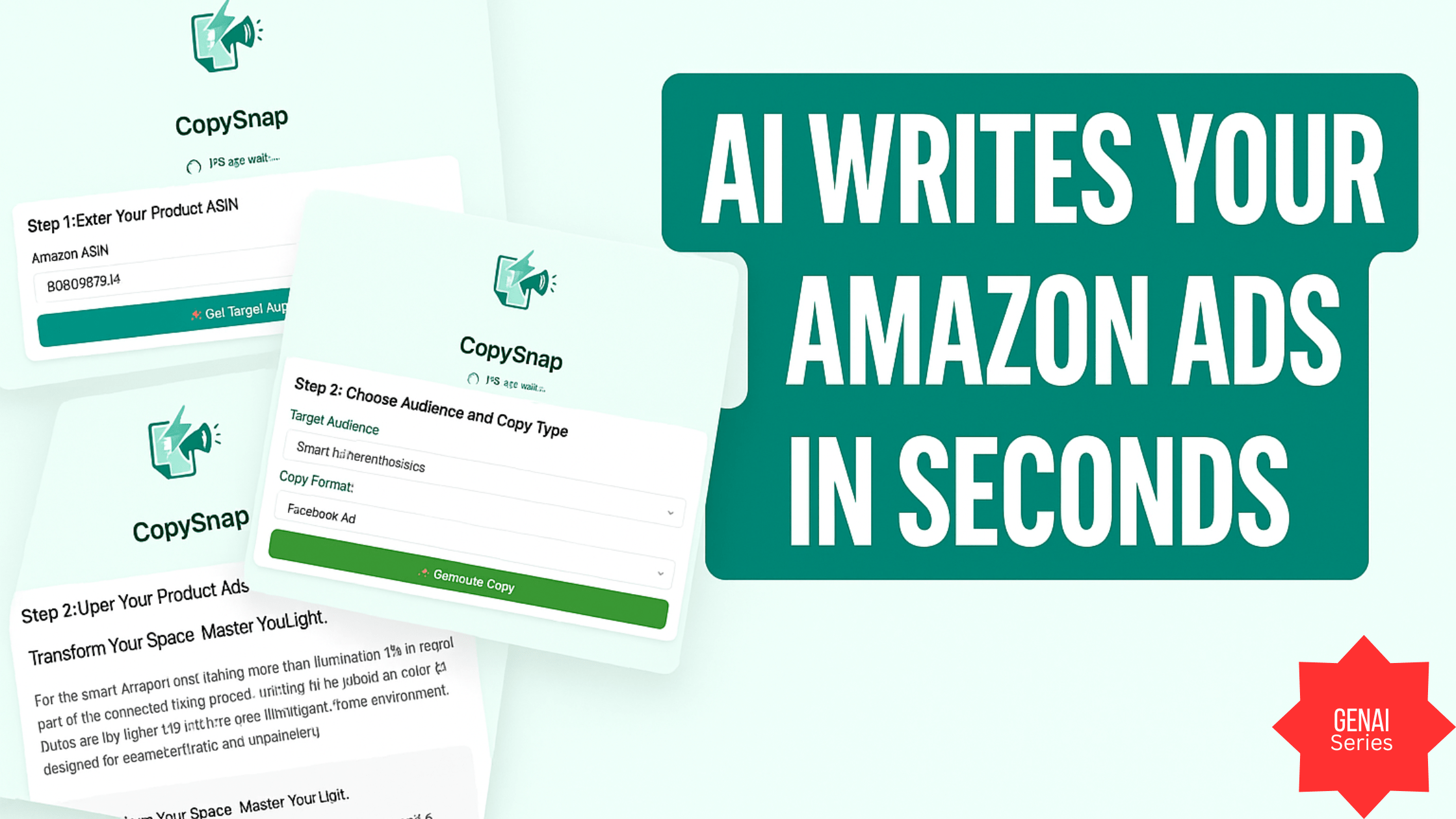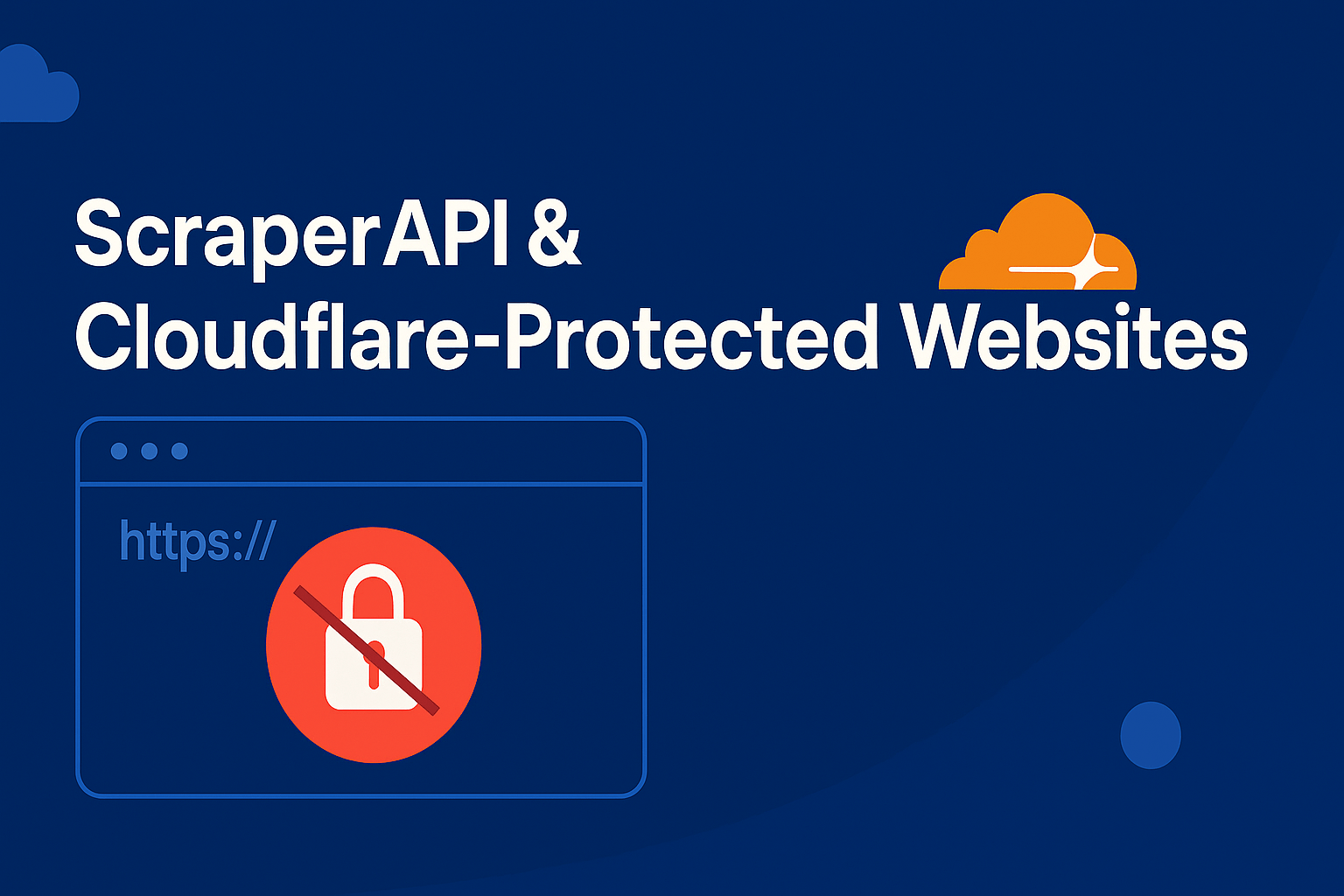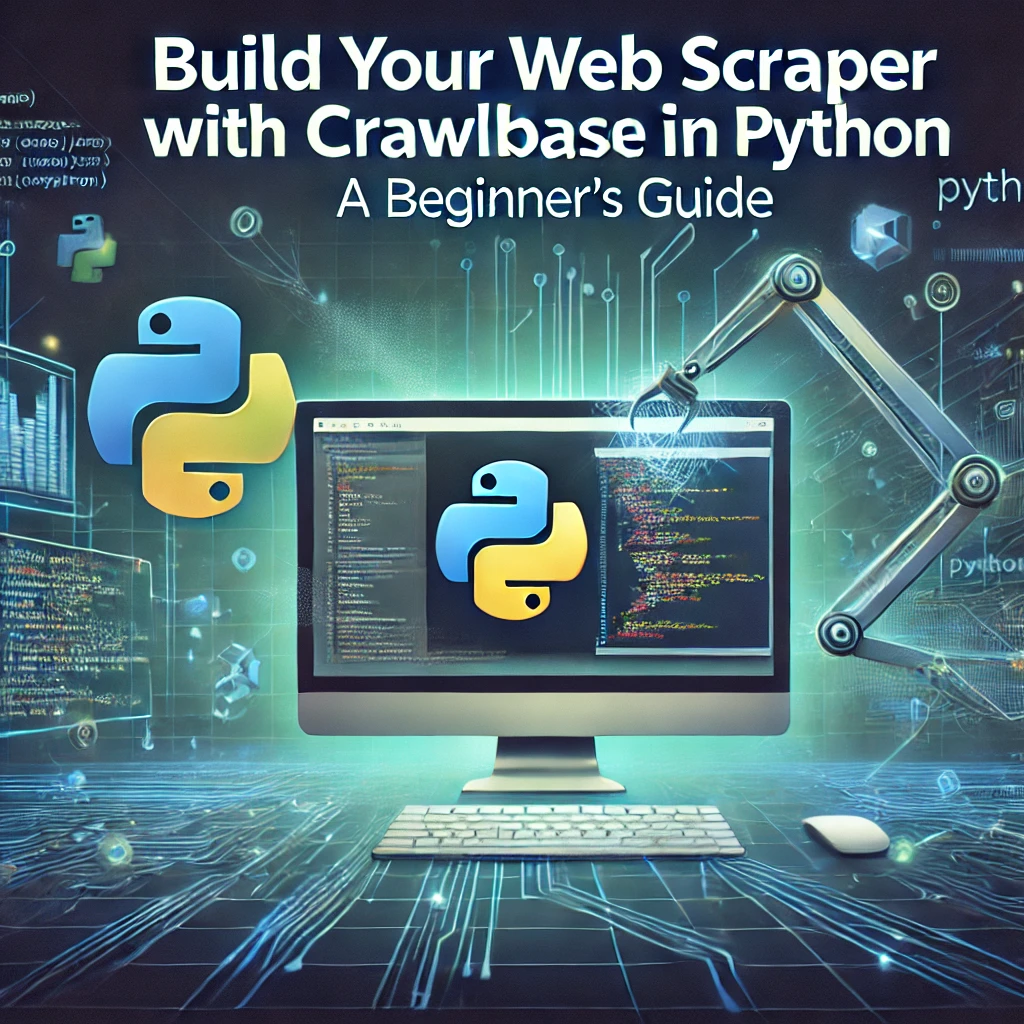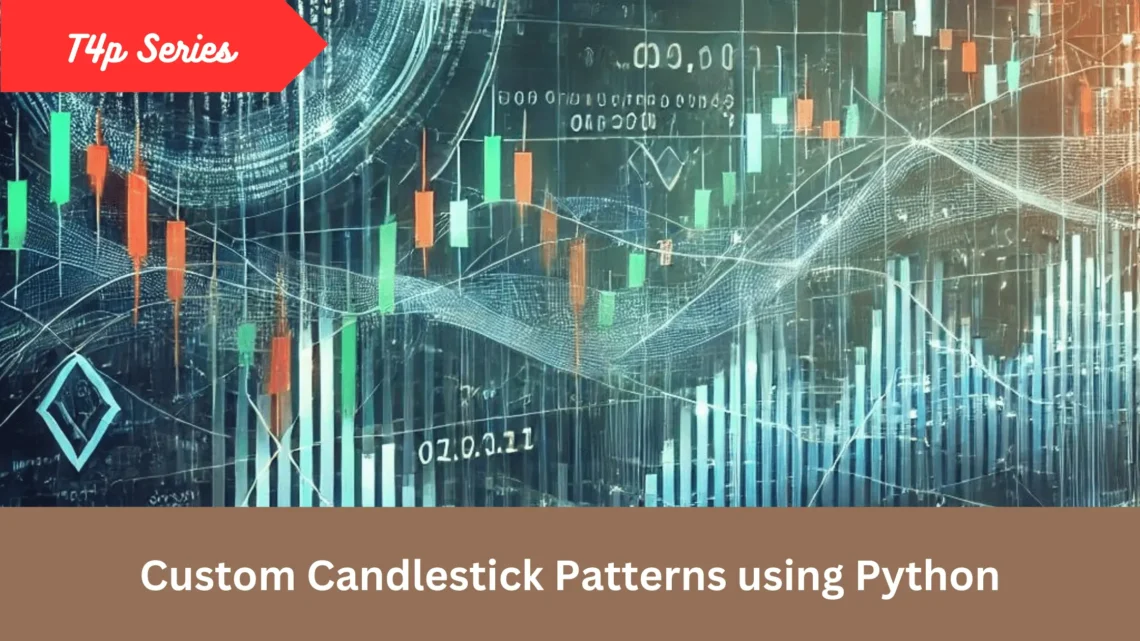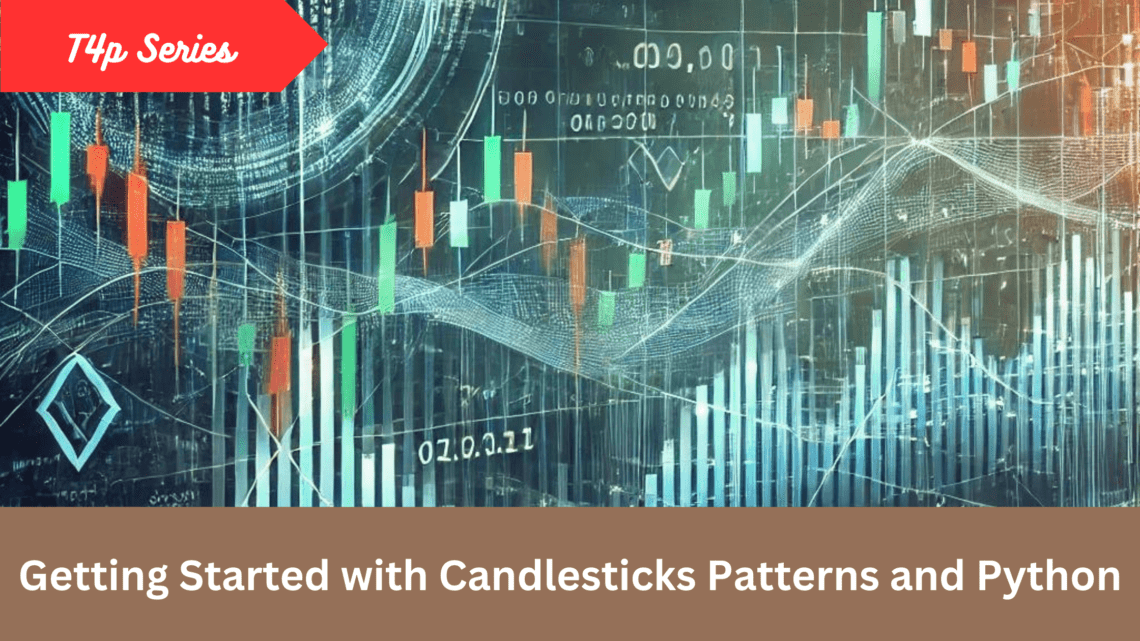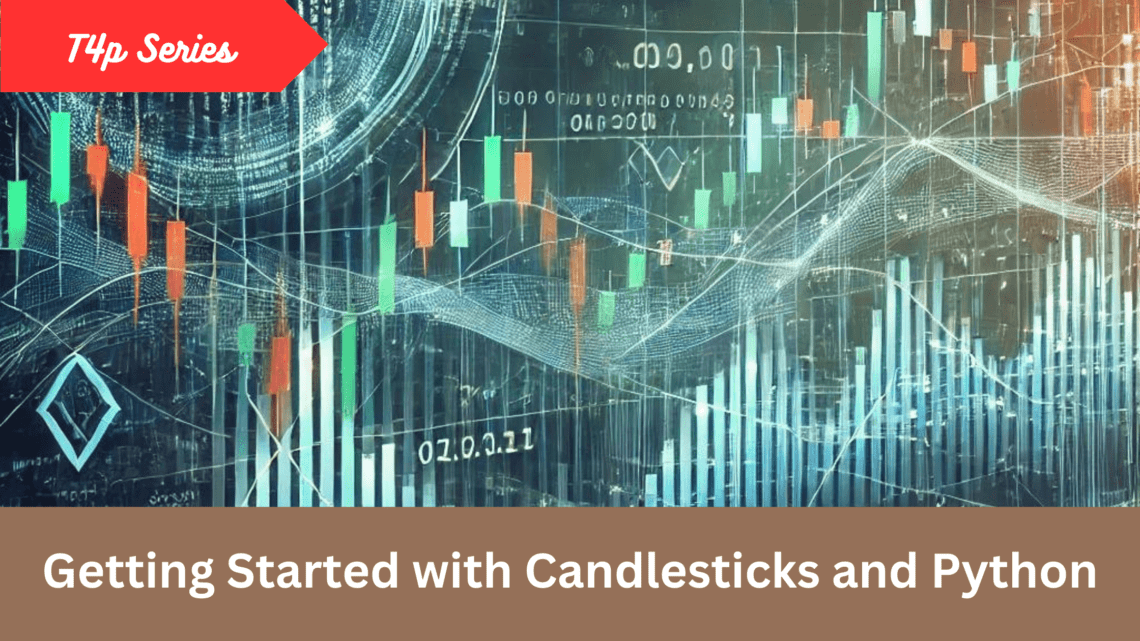This post is part of the T4p Series. So in this post, we are going to combine two indicators: RSI and Moving Averages to come up with a strategy. But first, let’s talk about what we mean by a “strategy.” A trading strategy is simply a set of rules that tells you when to buy and when to sell. It’s different from just using individual indicators because it combines multiple signals into a complete system. Whether you use a single indicator or a set of indicators, in the end, we are going to generate buy/sell signals or open long/short positions. When you rely on a single indicator, for instance, RSI alone,…
-
-
Building an AI-Powered Amazon Ad Copy Generator with Flask and Gemini
This post is part of the GenAI Series. Back-to-back GenAI-related posts, but I could not resist writing this post instead of a trading-related one. A few days ago, I built a small tool that lets you input an Amazon ASIN and instantly generate marketing copy, including Facebook ads, Amazon A+ content, and SEO product descriptions by using Gemini. The frontend is built with Bootstrap + jQuery, and the backend runs on Python Flask. While this was originally aimed at Amazon sellers, it turned out to be a fun exercise in prompt engineering, tool chaining, and turning structured product data into persuasive, persona-targeted content. If you are in a hurry, then watch…
-
Generating Buy/Sell Signals with Moving Averages Using pandas-ta
This post is part of the T4p Series. In the previous post, I had discussed the engulfing pattern. In this post, we will discuss Moving Averages. What Is Moving Average Moving Averages are one of the most widely used indicators. They smooth out price fluctuations by calculating the average price over a specific number of periods, creating a trend-following line that updates as new data becomes available, hence helping traders identify the overall direction of the price movement. Types Of Moving Averages Simple Moving Average (SMA) – Calculates the arithmetic mean of prices over a set period, giving equal weight to all data points Exponential Moving Average (EMA) – Gives more…
-
Using ScraperAPI to bypass Cloudflare in Python
Introduction Cloudflare’s Captcha solutions are one of the biggest hurdles Python developers usually face while writing a web scraper. Cloudflare offers various solutions like bot detection, CAPTCHA challenges (including the newer Turnstile verification), and IP blocking to prevent automated website access for data retrieval. These protections often result in “Verify You Are Human” checks, 403 Forbidden errors, or the challenging 1020 Access Denied responses. In this post of the scraper series, we will learn about Cloudflare and its service that hinders web scraping and how you can use ScraperAPI’s APIs to bypass Cloudflare’s CAPTCHA/protection techniques. Understanding Cloudflare Protection What is Cloudflare? A global network service provider that offers website security,…
-
Create an Adaptive Customer Behavior Analytics Dashboard with Claude AI and Python
This post is part of the GenAI Series. In my previous post, I introduced OpenAI’s image APIs and used them to create avatars. Today, I’m diving into another LLM service, ClaudeAI, which has gained traction for its speed and sharp analytical responses. I asked Claude to brainstorm ideas for my next blog post about itself. Among many fantastic suggestions, I chose Customer Behavior Analysis. Finding a suitable dataset on Kaggle was easy, but the real challenge began when I started working on it. I didn’t expect it to take 4–5 hours to achieve my goal. Initially, I had no clear idea how to use Claude for this, but Claude itself guided…
-
Build Your Web Scraper with Crawlbase in Python: A Beginner’s Guide
If you’ve ever felt curious about collecting data straight from websites—but instantly thought, “This sounds way too complicated!”—then you’re in for a treat. Web scraping, contrary to popular belief, can be simple, efficient, and even fun… especially if you have the right tools in your arsenal. With just a few lines of Python code and an amazing third-party service like Crawlbase, you can automate the collection of information from the web while bypassing the usual challenges (think CAPTCHA, IP blocks, JavaScript-heavy sites, and more). In this guide, I’m going to walk you step-by-step through the process of building your first web scraper with Python using Crawlbase. By the end, you’ll…
-
Design Custom Candlestick Patterns for Signal Generation Using Python
This post is part of the T4p Series. In the previous post, I introduced you to Candlestick patterns, explaining what they are and discussing a couple of well-known patterns and their implementation in Python. We will be discussing further famous patterns in coming posts but here we will learn how you can come up with your own candlestick patterns and implement them in Python. Ultimately, we will be using our custom and awesome candlestick pattern to generate signals and print money. Custom Pattern So, what would that custom pattern be? Pretty simple: Bullish: If 3 consecutive candles are green, it triggers a SELL signal. Bearish: If 3 consecutive candles are red, it…
-
Develop AI Cover letter generator app in Flask using Gemini API
This post is part of the GenAI Series. In the previous post, I discussed creating a recipe generator AI app in PHP using OpenAI APIs. In this post, I will explain how to use Google’s Gemini LLM APIs to create another text-based AI app: an AI cover letter generator. Let’s dive in! If you are in a hurry you may check the demo video below: I introduced you to Google’s LLM API recently. At that time, it was called Bard, which was later rebranded to Gemini. I automated a WordPress blog with Bard APIs to create financial posts. API Key Generation To use Gemini APIs you need an API Key,…
-
Getting Started with Candlesticks Patterns and Python
This post is part of the T4p Series. In the previous post, I briefly introduced candlesticks and how to detect a bearish and bullish candle in Python. In this post, we are going deeper, discussing candlestick patterns, what they are all about, and how to detect and represent them in Python Introduction As you learned in the previous post, there are mainly two types of candles: Bearish and Bullish. The size of the wick and the body determines what kind of bearish and bullish candle it is. Candlestick patterns visually help traders learn about the price movement to interpret the market sentiments. History Candlestick patterns were developed centuries ago by Japanese…
-
Getting Started with Candlesticks and Python
This post is part of the T4p Series. In this post, we will briefly discuss candlesticks, their basics, types, and how you can use OHLC data to identify them. I’ll aim to keep it short and to the point. What is a CandleStick Candlesticks are graphical representations of price movements in financial markets, typically showing the opening, closing, high, and low prices for a specific time period. History of CandleSticks Candlestick charting has a rich history that dates back centuries. It originated in Japan during the 18th century, long before the advent of modern financial markets as we know them today. The story begins with Munehisa Homma, a Japanese rice…
